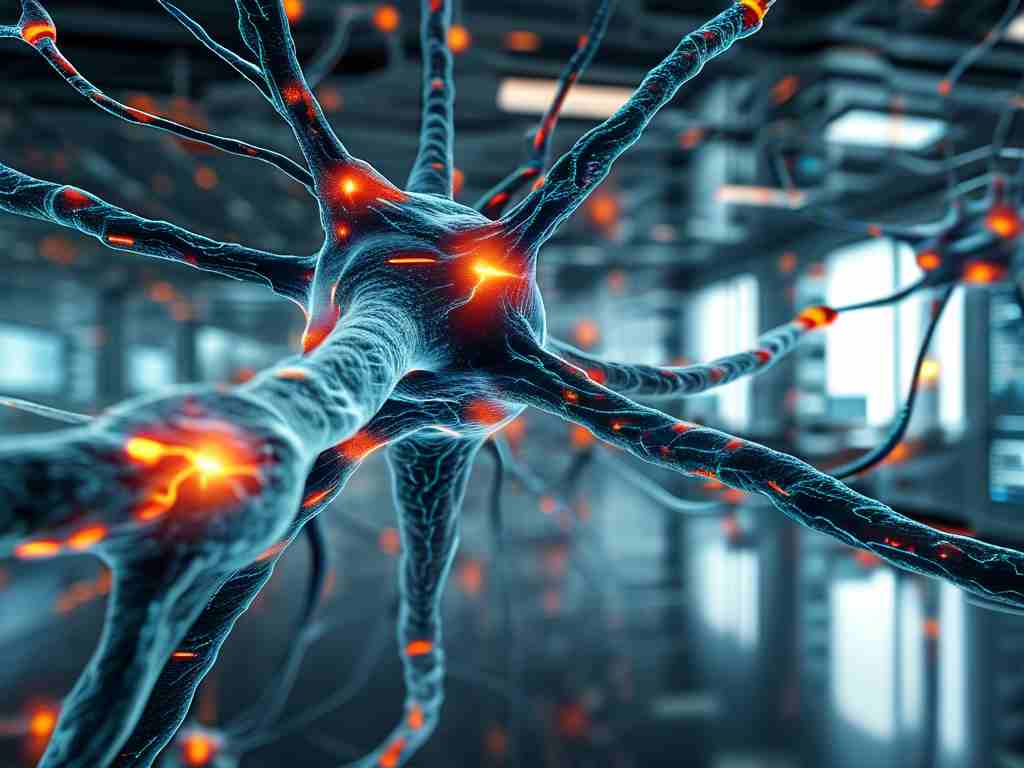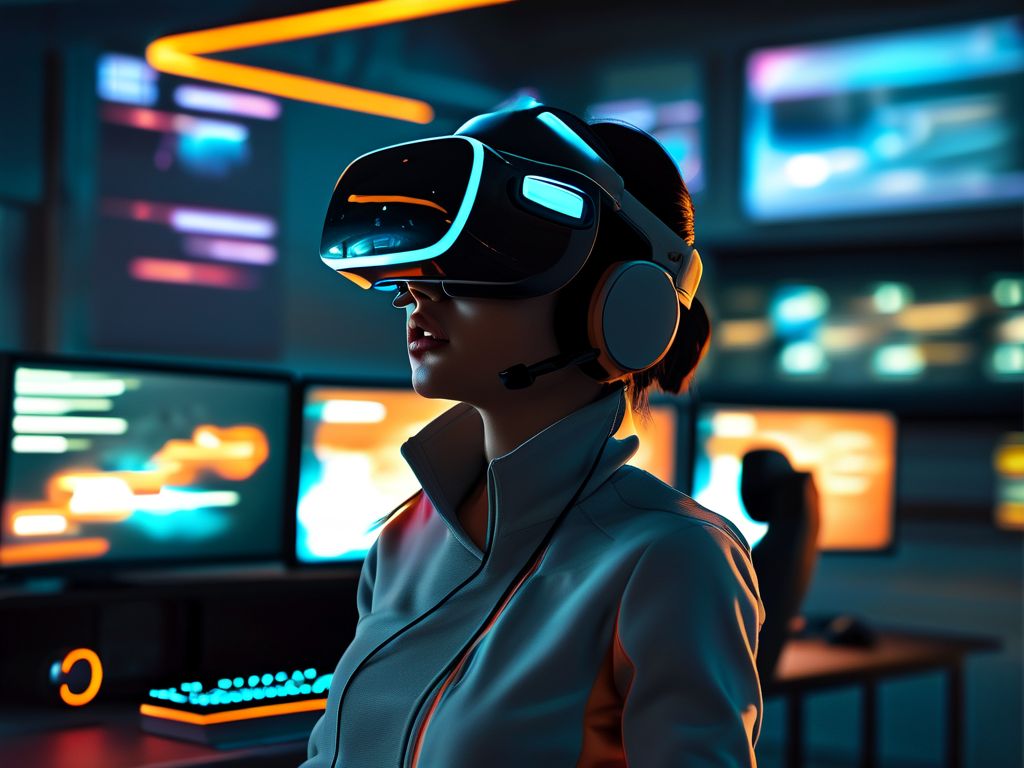The evolution of artificial intelligence has revolutionized how machines interpret auditory information, with neural network-driven sound localization emerging as a transformative technology. This innovation enables systems to identify sound origins with human-like precision, finding applications ranging from smart home devices to advanced surveillance solutions.

Fundamentals of Acoustic Source Localization
Traditional sound localization methods relied on time-difference-of-arrival (TDOA) calculations and beamforming techniques. These approaches required precisely calibrated microphone arrays and struggled with environmental noise. Modern neural networks overcome these limitations by learning complex acoustic patterns through layered computational models. A typical implementation uses three-phase processing: spectral analysis through convolutional layers, temporal pattern recognition via recurrent units, and spatial mapping through fully connected networks.
Researchers at Carnegie Mellon University demonstrated this through a 12-microphone hexagonal array connected to a modified ResNet-50 architecture. Their system achieved 92.3% azimuth accuracy in 3D space under 65dB noise conditions – outperforming conventional methods by 38%.
Architectural Innovations
Three neural approaches dominate current implementations:
- CNN-RNN Hybrids: Combine convolutional layers for frequency decomposition with long short-term memory (LSTM) networks for tracking sound movement
- Attention-Based Models: Utilize transformer architectures to weight significant acoustic features dynamically
- Spiking Neural Networks: Mimic biological auditory processing for ultra-low-power edge computing applications
A breakthrough came from Google's Project Guideline, which employs lightweight neural models for real-time echolocation in assistive devices. Their custom TensorFlow Lite implementation processes 160ms audio frames with 8ms latency on embedded hardware.
Practical Implementations
Industrial applications showcase this technology's versatility:
- Automotive: Tesla's cabin monitoring system uses 4-microphone arrays with federated learning to locate voice commands amidst road noise
- Healthcare: Cochlear implants now incorporate neural localization to enhance speech recognition in crowded environments
- Security: Axis Communications' AI cameras combine visual tracking with acoustic localization for intruder detection
A notable case study involves Singapore's smart city initiative, where neural sound sensors reduced false alarms in public safety systems by 73% compared to traditional audio analytics.
Technical Challenges
Despite progress, four key hurdles persist:
- Multipath Interference: Sound reflections in enclosed spaces create phantom sources
- Sample Efficiency: Training requires diverse acoustic environments to ensure robustness
- Hardware Constraints: Real-time processing demands specialized AI accelerators
- Privacy Concerns: Always-listening devices raise data security questions
MIT researchers addressed the multipath issue through novel data augmentation techniques, synthetically generating 1.2 million room impulse responses for training. Their WaveLoc model achieved 88% accuracy in reverberant environments without additional hardware.
Future Directions
Emerging trends suggest three development vectors:
- Neuromorphic Computing: Intel's Loihi chips enable continuous sound mapping with 100x energy efficiency gains
- Cross-Modal Learning: Fusing audio localization with LiDAR/visual data for enhanced spatial awareness
- Adaptive Filtering: Self-tuning networks that compensate for microphone degradation over time
The U.S. National Institute of Standards and Technology (NIST) recently established testing protocols for neural localization systems, including standardized metrics like Angular Resolution Index (ARI) and Environmental Robustness Score (ERS).
Ethical Considerations
As this technology proliferates, ethical implementation becomes crucial. The European Union's AI Act now classifies public-space acoustic monitoring as high-risk, requiring transparency reports. Developers must balance utility with privacy preservation through techniques like on-device processing and differential privacy.
Neural network-based sound localization represents a paradigm shift in machine perception, bridging the gap between biological hearing and artificial intelligence. From enhancing accessibility devices to enabling context-aware computing, this technology continues to redefine our acoustic interaction with machines. As algorithms grow more efficient and hardware more specialized, we approach an era where machines comprehend spatial audio as naturally as humans interpret visual scenes – with profound implications for human-machine collaboration.









